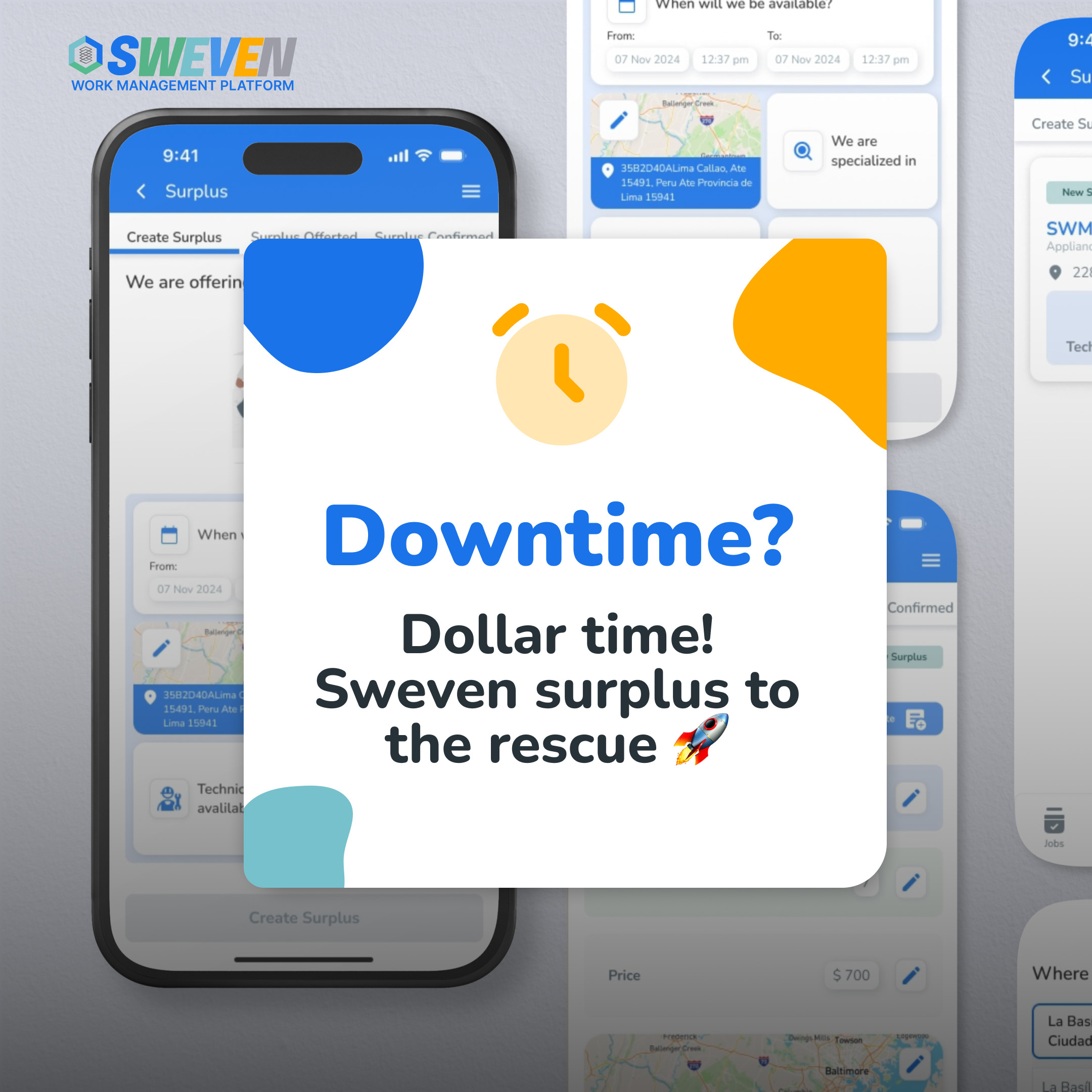Introduction: In any industrial operation, the difference between market leadership and falling behind often comes down to efficiency and reliability. At the heart of this is the maintenance team, and more importantly, its leadership. Effective leadership is not a «soft skill»; it’s a critical driver of the bottom line. As research from Gallup shows, companies with a higher number of talented managers and engaged employees see 147% higher earnings per share. For leaders in maintenance and reliability, the mandate is clear: empower your team to optimize processes, eliminate downtime, and drive tangible business success. This guide outlines the essential strategies to achieve just that.
1. Articulate a Clear, Proactive Vision
A leader’s primary role is to set the direction. This means articulating a clear, inspiring vision for the maintenance and reliability function that aligns with the organization’s overarching goals. This vision must champion a fundamental shift: moving from a reactive to a proactive maintenance culture.
While most leaders agree on the importance of proactive maintenance, execution often lags. UpKeep’s 2024 State of Maintenance report revealed that for nearly half of all companies, less than 50% of their maintenance work is planned. A visionary leader closes this gap by:
- Defining what operational excellence looks like for the team.
- Integrating industry best practices and new technologies into the long-term plan.
- Clearly communicating how proactive strategies (like preventive and predictive maintenance) will lead to a more stable, less stressful, and more productive work environment.
2. Champion Data-Driven Decision-Making
In today’s industry, we are flooded with data. The most effective leaders harness this data to move beyond gut feelings and make informed, strategic decisions. Cultivating a data-first culture is paramount. This involves leveraging modern tools like a CMMS, EAM, or Asset Performance Management (APM) platform to centralize and visualize critical information.
A data-driven leader uses these systems to:
- Track Key Performance Indicators (KPIs): Monitor metrics like Mean Time Between Failures (MTBF), Overall Equipment Effectiveness (OEE), and schedule compliance.
- Identify Trends: Analyze historical asset data to predict failures and identify recurring problems.
- Optimize Resource Allocation: Use data to justify budget requests, allocate labor effectively, and prioritize the most critical work.
3. Empower, Develop, and Engage Your Team
A leader’s vision is only realized through the efforts of their team. Prioritizing employee empowerment and development is a non-negotiable strategy. A recent Gallup report noted a concerning decrease in employees feeling connected to their organization’s mission. Maintenance leaders can directly combat this trend.
Empowerment involves:
- Providing Continuous Training: Invest in upskilling technicians, especially as new technologies create skills gaps.
- Fostering Ownership: Give team members the autonomy and data they need to make decisions about their work.
- Creating a Culture of Learning: Encourage innovation and collaborative problem-solving without fear of failure.
An empowered team is more engaged, more innovative, and more likely to stay, reducing costly turnover.
4. Communicate Transparently and Celebrate Success
Clear, consistent communication is the foundation of trust. Leaders must ensure that objectives, process changes, and performance expectations are shared openly. However, communication is a two-way street. Create open channels for feedback through regular team meetings and an open-door policy.
Equally important is recognition. Actively look for ways to celebrate wins and highlight individuals who embody the desired proactive culture. Visible recognition—whether on a department bulletin board, in a team meeting, or through a formal reward—reinforces positive behaviors and boosts morale.
5. Master Adaptability and Change Management
The only constant in the industrial landscape is change. Experienced technicians are retiring, advanced technologies are reshaping workflows, and new regulations emerge. Successful leaders don’t just endure change; they champion it. They are adaptable, guiding their teams through transitions by:
- Anticipating industry shifts and preparing the team for them.
- Framing new technologies as opportunities, not threats.
- Fostering a resilient culture that can navigate uncertainty and innovate through challenges.
Analysis of Leadership Impact: The Tangible ROI of Effective Maintenance Leadership
Implementing these strategies yields concrete, measurable business results. The impact of strong leadership in maintenance and reliability can be analyzed across several key areas:
- Financial Performance: Strong leadership directly fosters a proactive maintenance culture, which is proven to be less expensive than reactive maintenance. This leads to reduced overtime pay, lower costs for emergency parts shipment, and minimized production losses from unplanned downtime. The result is a direct, positive impact on the company’s profitability and the increased earnings per share highlighted by Gallup.
- Asset Reliability & Lifespan: A data-driven and empowered team performs higher-quality maintenance. This focus on asset health, guided by a clear vision, extends the useful life of critical equipment. This translates into lower capital expenditure (CAPEX) over the long term, as assets do not need to be replaced as frequently.
- Employee Engagement & Retention: Leadership that invests in employee development and empowerment creates a culture where people want to work. This leads to lower employee turnover, saving the company significant costs associated with recruitment, hiring, and training new technicians.
- Safety and Compliance: A proactive, well-led team is a safe team. By shifting away from a chaotic, reactive environment, leaders create a more controlled and predictable workplace, which inherently reduces safety incidents and ensures better adherence to regulatory compliance.
In short, effective leadership is the catalyst that transforms a maintenance department from a cost center into a powerful value-generating unit.
Conclusion: Leadership as the Ultimate Catalyst for Success Excellence in maintenance and reliability is not achieved by accident. It is the direct result of intentional, visionary leadership. Leaders who prioritize proactive planning, harness the power of data, empower their people, communicate with clarity, and embrace change are uniquely positioned to navigate the complexities of the modern industrial world. By implementing these strategies, organizations can build resilient, high-performing teams that are foundational to operational excellence and lasting business success.















